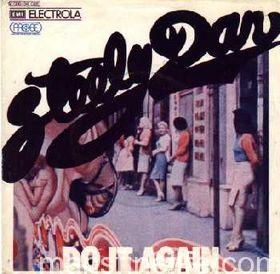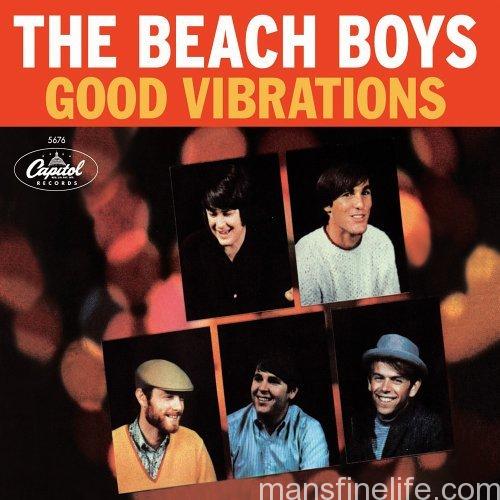I admit that I blow hot and cold on Steely Dan. There is something just so… L.A. about them, so very arch. Their lyrics are so damn in-the-know that they come across like the guys in the private room in the back doing blow. And you’re not invited behind the velvet rope. They legendarily named their band after a sex toy from Burroughs’ Naked Lunch, for chrissakes. That said, you can’t argue with their sterling musicianship. Before Steely Dan became a huge success, the core members Walter Becker (bass) and Donald Fagen (guitar) worked as a backup band for Jay and the Americans. And those two, who were really the only constant through the years, always had a special knack for picking ace talent to make up the rest of the band with a particular affinity for Jazz influences. A song like “Do It Again” from their 1972 debut Can’t Buy a Thrill shows their chops off to subtle perfection.
With its loping beat and intricate raga-like guitar and percussion, I associate “Do it Again” with palm trees, warm sea breezes and a cold rum drink. Or maybe a drug deal gone bad. Famously averse to live performance, here’s an early live version of the band with David Palmer singing lead for the unwilling Fagen.
http://www.youtube.com/watch?v=NC7n4G5f1A4
The singing isn’t much to write home about — Palmer soon left the group and Fagen found his courage shortly thereafter, although he and Becker would always prefer the studio. But that magical groove is something else again.









